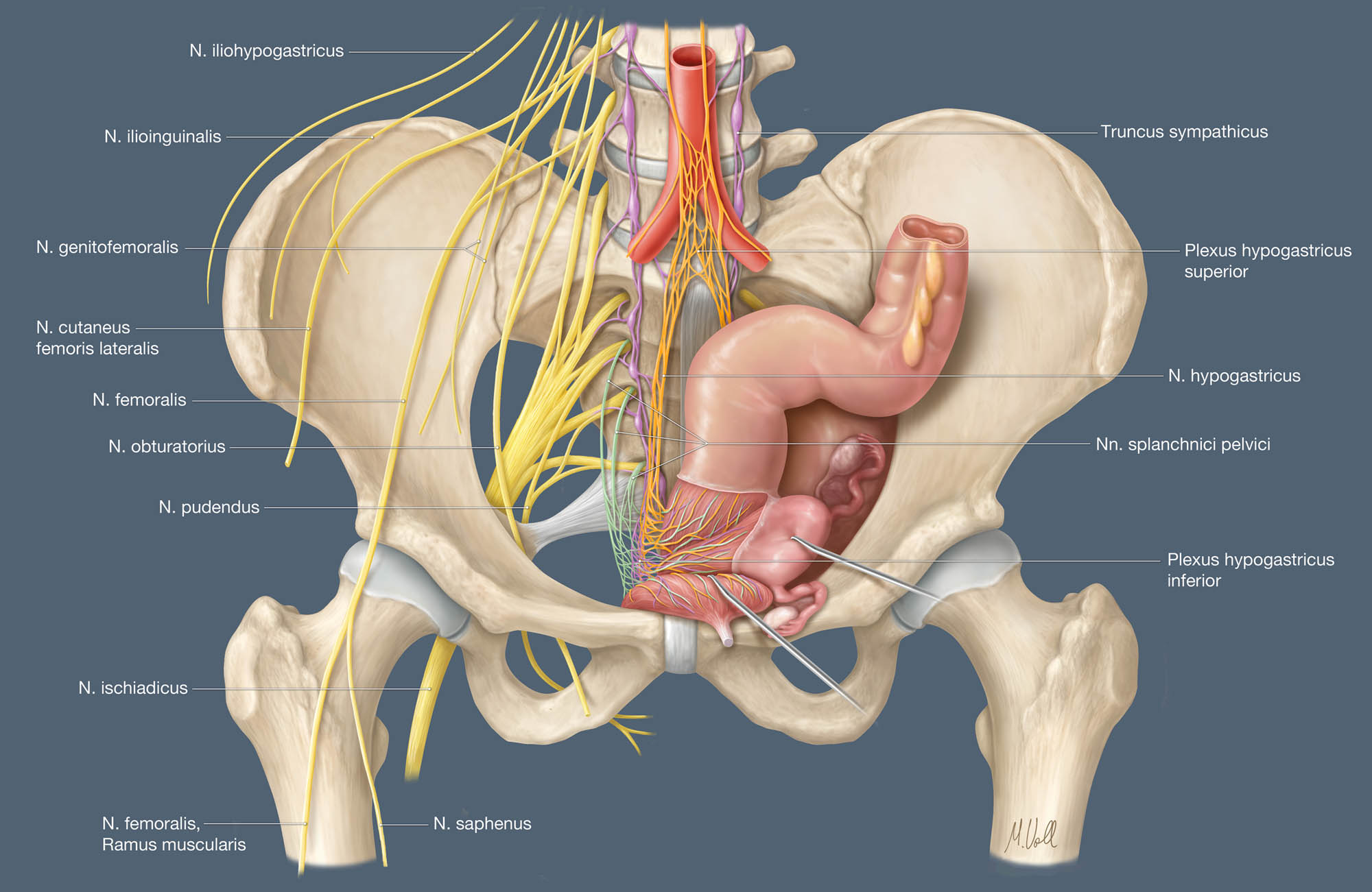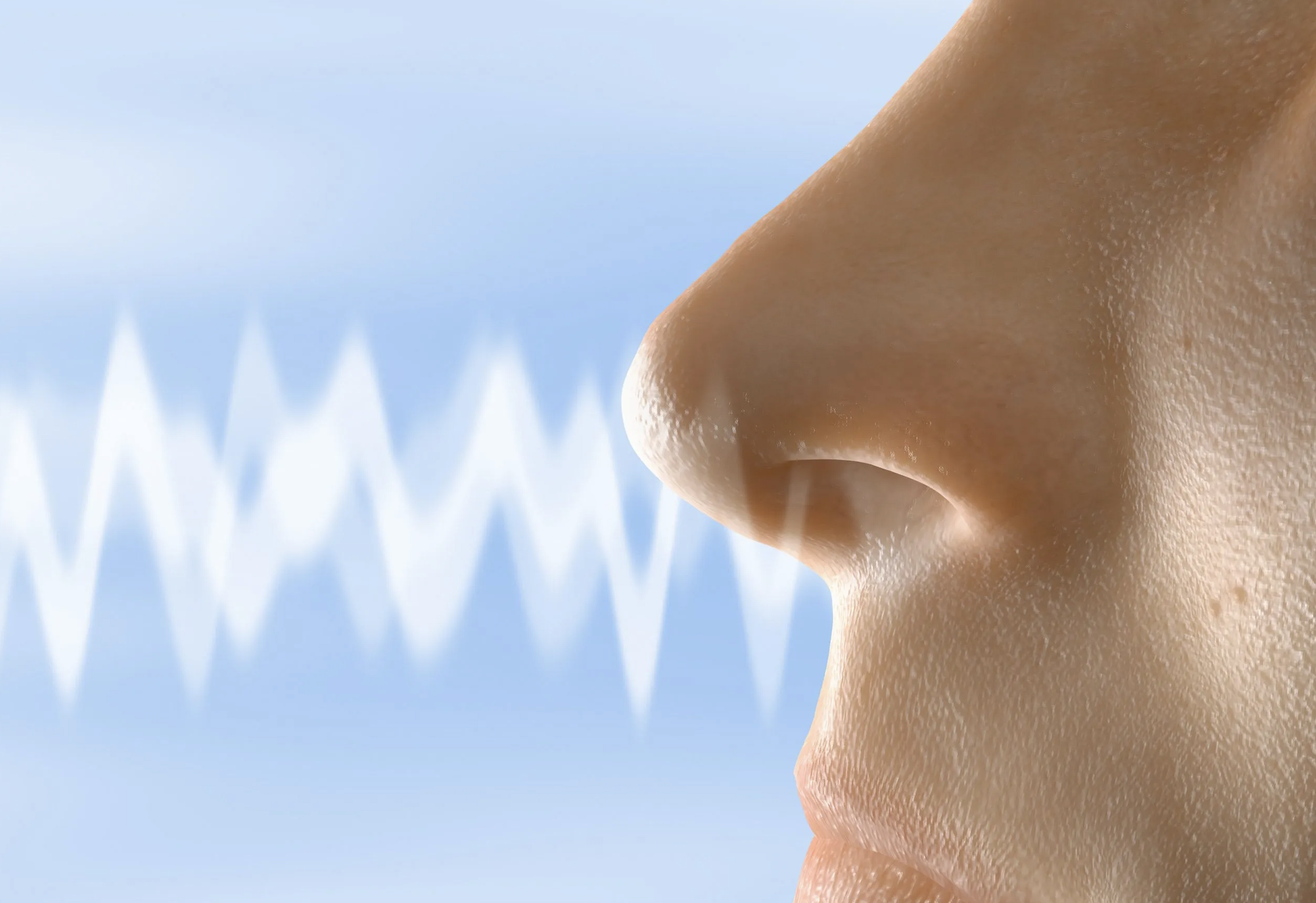.jpeg)
Why Your Pelvis Is the Emotional Inbox of Your Body
The pelvis is often overlooked — seen as a structural hinge between the upper and lower body. But it’s far more than just a support system. This region is deeply connected to your nervous system, movement, breath, and emotion (Tolpa Holistic Health, 2025).
Tension in the hips and pelvis isn’t always caused by poor posture or lack of stretching. It’s often your body’s way of holding stress, emotion, or trauma — especially the kind that hasn’t had a chance to be processed (Physio‑Pedia, 2025). Whether it’s persistent tightness, soreness after long days, or unexplained stiffness when you’re anxious, your pelvis might be carrying more emotional baggage than you realize.
What the Pelvis Does Beneath the Surface
At a glance, your pelvis is just bone and muscle. But its function is highly dynamic — acting as a stability hub, movement initiator, and emotional antenna.
Here’s what’s going on under the hood:
- Houses the pelvic floor: This muscular hammock supports your core organs and responds reflexively to stress, breath, and emotion
- Anchors nervous system input: Key nerves pass through the pelvic region, directly influencing your sense of safety and calm (VagusNerve.com, 2024)
- Absorbs postural and emotional load: Whether you’re sitting all day or bracing against stress, tension often lands here unconsciously
The result? The hips become a kind of inbox — silently collecting the weight of your mental and physical strain over time.

Signs Your Pelvis Is Holding More Than Posture
Pelvic tension shows up in ways you might not associate with emotional or nervous system overload:
- Chronic hip tightness: Especially in the front or deep in the groin, often despite regular stretching
- “Wired but heavy” feeling: A sense of mental agitation but physical fatigue in the lower body
- Blocked breath or shallow exhalation: Difficulty breathing into the belly or relaxing fully
- Low back soreness or instability: When pelvic muscles are overworked from guarding or gripping (Yoga‑Forever, 2018).
These aren’t just physical issues — they’re signs your body is trying to manage unprocessed stress from the bottom up.
The Science Behind It
The pelvis is deeply integrated with both your motor system and autonomic nervous system. It’s a crossroads for:
- The vagus nerve, which regulates digestion, rest, and safety responses (Jeanette Conery, 2024).
- The psoas muscle, which connects spine to femur and responds to both movement and fear
- Fascial lines, which transmit tension from the pelvis throughout the body
Chronic contraction in the pelvic region can keep you in a mild fight-or-flight state, limiting rest, recovery, and emotional flexibility.
MRI studies and somatic research confirm that pelvic floor tension correlates with high anxiety, trauma exposure, and even unresolved grief. It’s not just muscle memory. It’s emotional memory.
How to Help Your Pelvis Process Instead of Hold
Releasing tension isn’t just about stretching. It’s about creating a sense of internal safety that tells your body it can let go.
Try this:
- Soften your awareness: Sit quietly and bring your attention to your hips. Don’t try to fix — just notice what you feel.
- Breathe low and slow: Inhale through the nose and exhale slowly into the lower belly and pelvic bowl. Let your pelvic floor expand on the inhale and relax on the exhale.
- Micro-movement: Gentle rocking, walking, or pelvic tilts signal to your nervous system that it's safe to release.
- Support, don’t stretch: Use props like a bolster or yoga block to rest the pelvis rather than forcing range of motion.
The goal isn’t more mobility. It’s deeper connection and less guarding.

Pelvis vs. Posture: Key Differences
- Posture is mechanical. Pelvis tension is often emotional.
- Posture can be corrected externally. Pelvic release happens internally.
- Posture affects appearance. Pelvic tension affects sensation.
- Posture helps form. Pelvic awareness restores function.
This isn’t just about alignment. It’s about allowing your body to feel safe enough to stop gripping.
One Simple Cue
If your hips feel heavy, tight, or numb — your nervous system might be trying to say something. Listen from the inside.
References:
Jeanette Conery. (2024, July). The psoas muscle: The bridge between stress, trauma, and healing. Jeanette Conery.
Physio‑Pedia. (2025, June). Impact of stress and cortisol levels on pelvic pain and pelvic stress reflex response. Physio‑Pedia.
Tolpa Holistic Health. (2025). How stress and trauma affect the pelvic floor. Tolpa Holistic Health.
Vagus Nerve.com. (2024, January). The connection between the vagus nerve and pelvic floor: Exploring the link. VagusNerve.com.
Yoga‑Forever. (2018). The psoas muscle and our stress response. Yoga‑Forever.
.jpeg)













.jpg)




